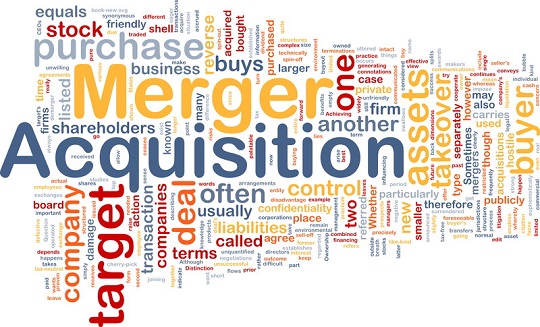 As we are rapidly reaching the middle of 2015, why not pause for a moment and identify some current trends and recurring themes and issues that are found in mergers and acquisitions (“M&A”) within the government contracting industry.
As we are rapidly reaching the middle of 2015, why not pause for a moment and identify some current trends and recurring themes and issues that are found in mergers and acquisitions (“M&A”) within the government contracting industry.
With this goal in mind, here is a ‘top six’ list to review and digest:
- Has GovCon M&A Reached a “New Normal”? Think about 2006-2007 as being a peak in terms of deal volume and valuations and the first half of 2013-2014 as a trough. In this context, in the second half of 2014, deal volume ticked up and Q1 2015 deal volume outpaced Q4 2014. It would appear that the impact of sequestration has been absorbed into the federal marketplace and potential buyers are going after target companies with cautious confidence.
- Prime GovCon Companies Are Buyers Again. Public companies have been active and leading buyers in the GovCon M&A market, as opposed to 2012-2013 where financial buyers, including private equity, played a more pronounced role. In the process, these public company buyers have been establishing and setting valuations and, therefore, market price.
- Set-Aside Contracts Are Still Closely Scrutinized (and Typically Discounted in Value). A buyer is buying the projected future cash flow of a target company. In many situations, it is not clear whether a prime contract that is a small business set-aside contract will retain its full value post-sale. By way of example, a buyer may well apply a lower value multiplier (2x-3x) to a small business set-aside contract versus a 5x-6x value multiplier to the same contract if it were a full and open contract.
- Buyer Focus on Deeper Customer and/or Capability Penetration. Buyers tend to be on the hunt to acquire a specific customer or capability and, therefore, favor target companies that are one mile deep (as opposed to one mile wide and one inch deep) in terms of client relationships or core capabilities. To that end, a target company that is deeply embedded within one or two U.S. government departments/agencies may be more highly valued than one that has a more surface-level presence within six different U.S. government departments/agencies.
- Structured Transactions Are Prevalent. Transactions are about risk allocation. Buyers tend to make sellers—in other words, the target companies or their owners, depending on the deal structure—absorb their fair share of the risk and then some. In the current environment, a typical purchase price structure may well include a significant upfront cash payment, some “seller financing”—the seller taking a promissory note from the buyer—and an earn-out, a portion of the purchase price which is only payable to seller if certain specified post-sale financial and/or non-financial targets are met.
- Dynamic SBA Regulations Impact Deal Structure. Many transactions are structured as “stock deals” to avoid having to novate the target company’s prime contracts. However, when the impact of recertification and small business size is considered, under certain scenarios, an “asset deal” may be more advantageous, despite having to deal with novating contracts.
If you are considering selling your company at some point, think early and often about how decisions you are making today are likely to impact your company’s value down the line. Be prepared to share in the risks and costs with the potential buyer of your business.


